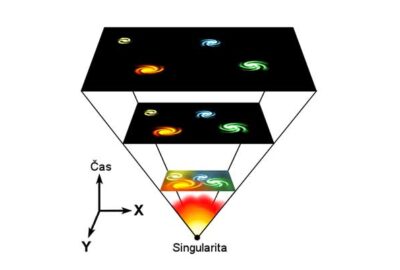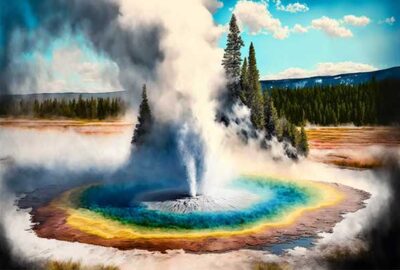Yellowstone National Park is a unique place on the planet. Located in the United States, it is the first ever national park, established in 1872. It spans over 2.2 million acres and boasts a variety of landscapes, including forests, mountains, and geysers.
One of the main attractions of Yellowstone is the abundance of geothermal features, such as hot springs and geysers. Old Faithful, the most famous geyser in the world, has been erupting since the park was first established, and continues to be one of the top destinations for visitors.
The park is also home to a diverse range of wildlife, including grizzly bears, wolves, bison, and elk. It is a true natural wonder and offers visitors the chance to see these animals in their natural habitat.
But Yellowstone is not just about its natural features. The park also offers a rich cultural history, with indigenous tribes having lived in the area for thousands of years. Today, visitors can learn about the history of the area through guided tours and cultural experiences.
Whether you’re an avid hiker, wildlife enthusiast, or just looking for a unique adventure, Yellowstone National Park is a must-visit destination. With its stunning landscapes, diverse wildlife, and rich cultural history, it truly is a place unlike any other.



